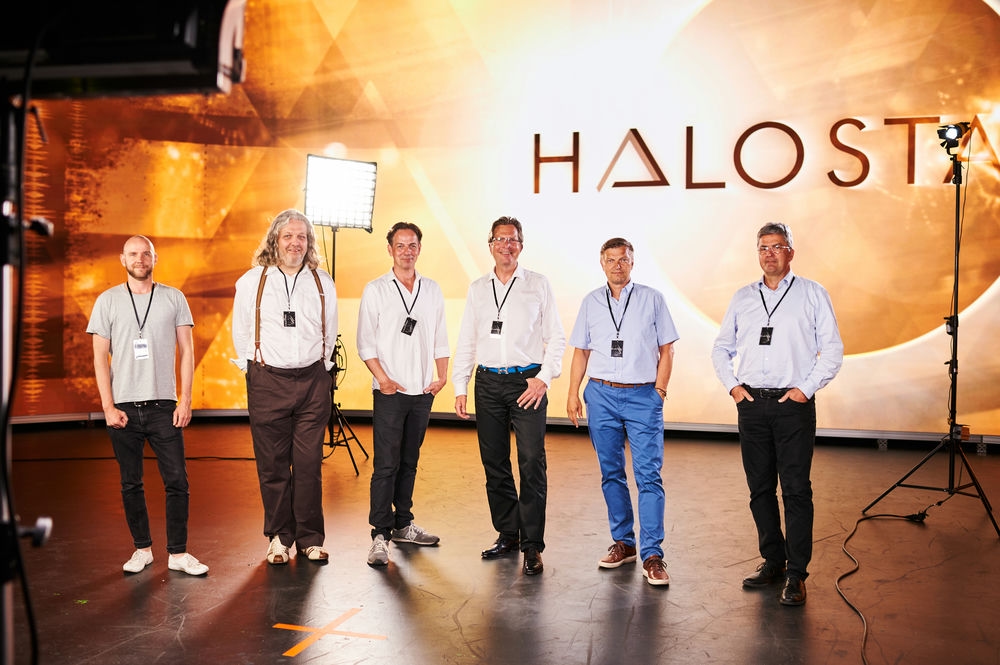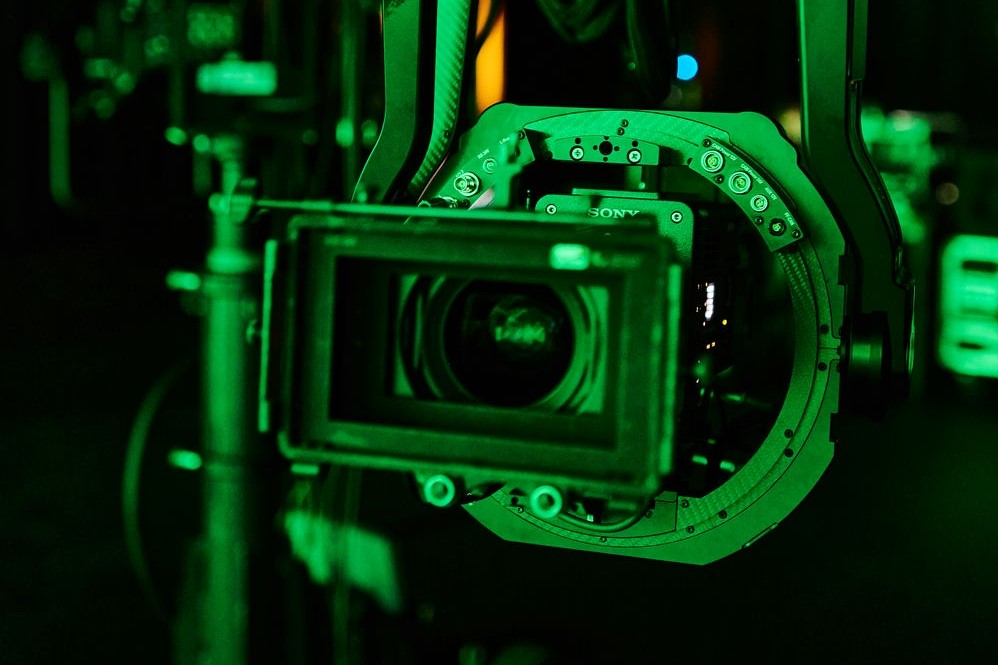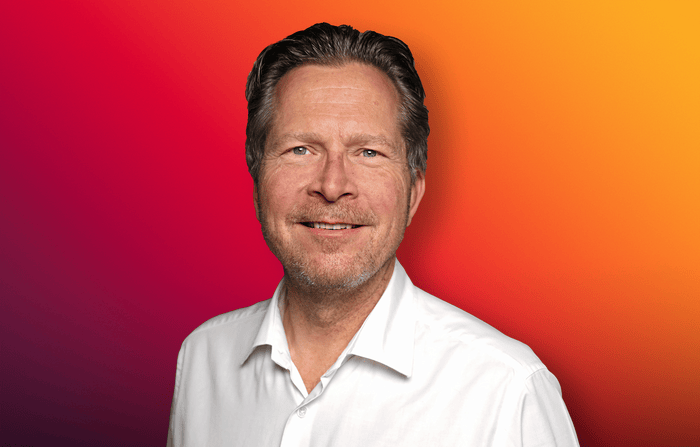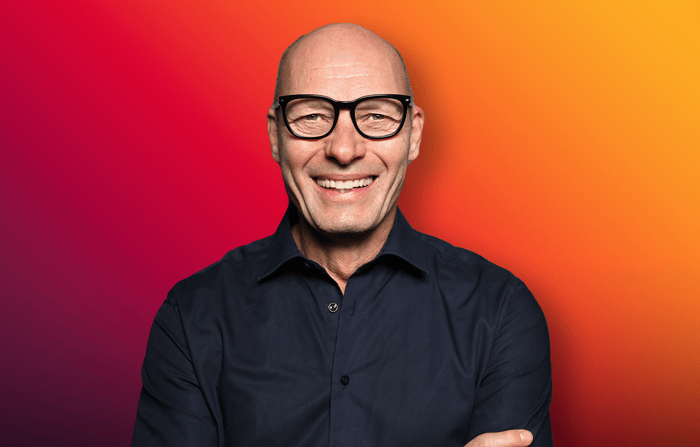A brief history of HALOSTAGE



-
Founding Halostage 2020
At the end of 2020, the three founding members of HALOSTAGE officially founded the company on the legendary Studio Babelsberg lot near Berlin. The founding members included the ICT AG as the hardware and operations specialist, and LAVAlabs as an established VFX vendor. Shortly after, the three companies and their experts came together for a first tech test and demo-shoot to figure out the ins and outs of the technology and to see where more work is needed. And more work was needed. The team spent the next weeks intensely solving one challenge after the other and getting ready for their first production.
-
First productions 2021
In the beginning of 2021, the first "real" production took place at HALOSTAGE. The legendary Jürgen Jürges, a DOP who shot alongside Fritz Lang, tested the technology for its new capabilities and possibilities. And once the ball was rolling, there was no stopping it. Soon after, Mercedes with Amos Fricke captured their new campaign at the volume and HALOSTAGE started to empower the next generation of filmmakers by cooperating with multiple universities and offering free-of-charge shoots at the Babelsberg location. At the end of 2021, HALOSTAGE went mobile for the first time for "Poor Things", a new film by Yorgos Lathimos, shot in Budapest. The crew temporarily set up a 600sqm wall within a week and operated it during its entire duration.
-
Developments 2022
2022 was the year of new developments. While still completing one shoot after the other, the team and researchers partnered with different industry professionals all over the world to push the capabilities of the technology forward and to address the different limitations. What came soon after was the first freely curvable LED cabinet used for ICVFX at a large scale. The HALOSTAGE Babelsberg soon upgraded to this new cabinet and used it on different productions for Netflix, Studiocanal and different commercials. After proving the success of the first development, the team shifted their focus to the first submergible, ICVFX-capable LED, which is currently being tested in different studios with water tanks around the world.
-
Going mobile 2023
With the start of the new year, HALOSTAGE decided to become fully mobile. That means, that any production of any size, anywhere in the world has now access to the top-notch technology and crew, that has been tested on the biggest productions. HALOSTAGE is able to meet any budget to enable any production to count on the advantages of this technology.
Meet our crew:
FAQ
Ask us
Anything
Where are you based? Can I visit?
Our permanent installation is on the grounds of Studio Babelsberg in Studio 10, which is near Berlin, in the north of Germany. We are also present in Frankfurt, Berlin/Pankow and temporarily anywhere in the world if we’re on production. If you’d like to visit a location of ours, feel free to reach out to any member of the crew. Just note that depending on current productions, locations and general availability, visiting times are often limited, so please reach out in advance.
I want to work with you - how?
You can reach out to any of our crew members to get started (the earlier in the production process, the better). Dependent on what stage you are, we help you to breakdown your script/concept with actual cost comparisons and if wanted, consult you on how to optimize the selected scenes for the technology. If needed, we follow that with a previs if needed and a production plan, to optimise the prep. What will follow is the actual pre-production with steps like level/scene creation, content tests, and plate captures, all tuned to your needs. We test everything you need before the shoot and make sure we’re set. During shooting, we either operate the entire thing, integrate with your existing departments or take over the technical supervision – whatever you need. We also touch base with your post department, so we can deliver metadata and files just as they need them. Our main goal is to seamlessly integrate with your production, not causing more work, but simplifying the entire process along the way.
Independent Consultation?
If you consult us on our project, we’ll surely be pushed into using the technology, right? Wrong! Our main goal is a successful production with a result, that will satisfy everyone. That means, that we will suggest you use another production method if ICVFX isn’t the way to go. We have turned down productions before and will do again if we don’t see the chance, that we’ll actually be able to help you.
Anywhere in the world?
Yes – the volumes of HALOSTAGE can be tailored to your needs and deployed anywhere in the world. We’ve already done so in Budapest, London, multiple locations in Germany, Belgium, Los Angeles and are in consultations for projects in New Zealand and Australia. We helped with different levels as well, from just providing consultation, the physical LED wall and technical supervision, as well as the complete package with operation and supervision.
How does a temporary volume work?
Usually, once we’ve decided with you, that a temporary volume is the way to go, we start figuring out the precise needs. That includes selecting the right LED type through camera tests, deciding on the shape and size with the set designer and DPs, the processing and playback system, tracking if needed and all the logistical questions, that vary from location to location. From there on out, we keep preparing content/setups at one of our permanent locations, even in parallel, when we set up the wall physically. A temporary volume is set up quite fast, our record was 7 days for 600sqm with the entire system tested and ready to shoot with camera tests in between.
In general, once on set, you shouldn’t feel any difference between a permanent volume and a temporary one.
How expensive is it?
Of course, here we can only give the dreaded answer: “It depends.”. There are so many factors, that influence a price like size, LED type, crew size, setup times, location, lead time and so much more – which is why we only give out exact numbers to productions, which we have actually spoken to.
In general, we target to meet any budget at any size. We’ve done complete setups with crew from 5.000€ a day to ones that cost above seven figures in total. The big advantage, in general, is, that we know the technology very well – that means, that we can optimize a given setup, without losing any of the quality we aim to achieve. That enables us to work cost-efficiently at a Hollywood-level quality and provide a setup, that works flawlessly for your specific production.
Any technical things I need to be aware of?
Yes, actually quite a few things – to actually discover all of them, we invite you to visit us and test the technology before you use it! But before that, a selection of the most important things: You generally can’t focus on the LED wall (a couple of exceptions are e.g. analogue cameras or low-resolution cameras with wide angle lenses) as you’ll get the moiré-effect. Multi-camera-shoots in full-3D environments lead to limitations in performance and the placement of the camera. In 2D scenarios, this still exists, but dependent on your setup, you can shoot more easily with multiple cameras (the max. we’ve done for film was three up until now). Contrary to popular belief you still definitely need and should light your scene with traditional lighting (there are a couple of exceptions of course), as the LED only fills parts of the RGB spectrum and the information in between will be missing in the post. You’ll also need to control your lighting with a lot of flags and skirts, as the LED wall itself should remain as light-free as possible, to get the maximum contrast ratio possible.
These are just a selection of the things you need to be aware of – but don’t worry, as you’ll find out on your test day, all of them are very much manageable. Our crew will constantly be available at your side and monitor the feed, to discover possible errors on set and consult on the best way to shoot different settings.
More questions? Ideas? Projects?
Get in touch!
Get In touch
+49 170 1070900
erik.wolff@halostage.studio





